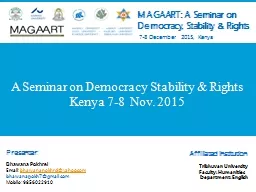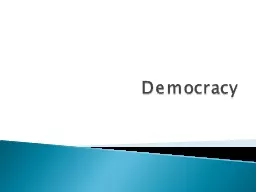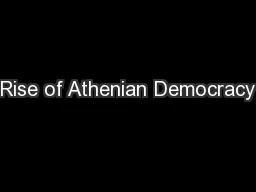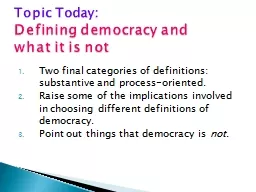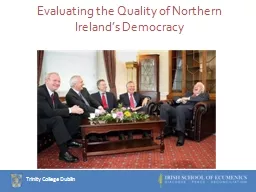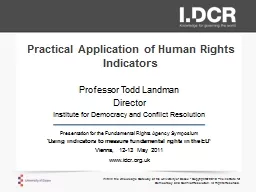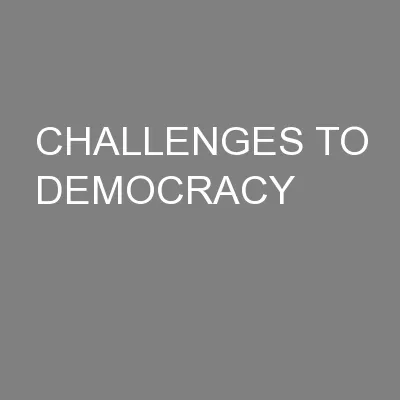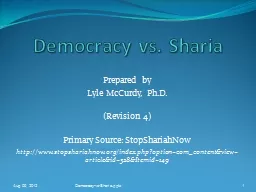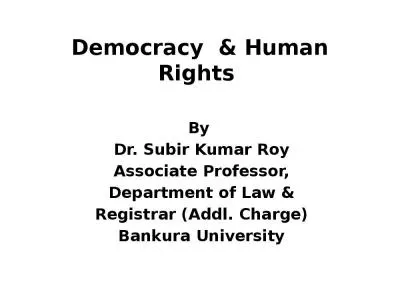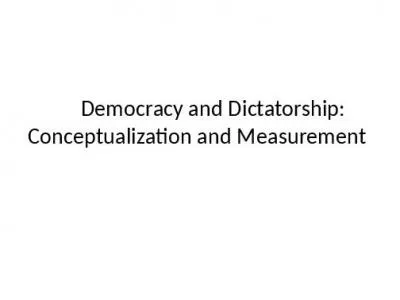PPT-A Seminar on Democracy Stability & Rights
Author : calandra-battersby | Published Date : 2016-09-03
Kenya 78 Nov 2015 Presenter MAGAART A Seminar on Democracy Stability amp Rights Bhawana Pokhrel Email bhawanapokhrelyahoocom bhawanapokh7gmailcom Mobile 9856022910
Presentation Embed Code
Download Presentation
Download Presentation The PPT/PDF document "A Seminar on Democracy Stability & R..." is the property of its rightful owner. Permission is granted to download and print the materials on this website for personal, non-commercial use only, and to display it on your personal computer provided you do not modify the materials and that you retain all copyright notices contained in the materials. By downloading content from our website, you accept the terms of this agreement.
A Seminar on Democracy Stability & Rights: Transcript
Download Rules Of Document
"A Seminar on Democracy Stability & Rights"The content belongs to its owner. You may download and print it for personal use, without modification, and keep all copyright notices. By downloading, you agree to these terms.
Related Documents

